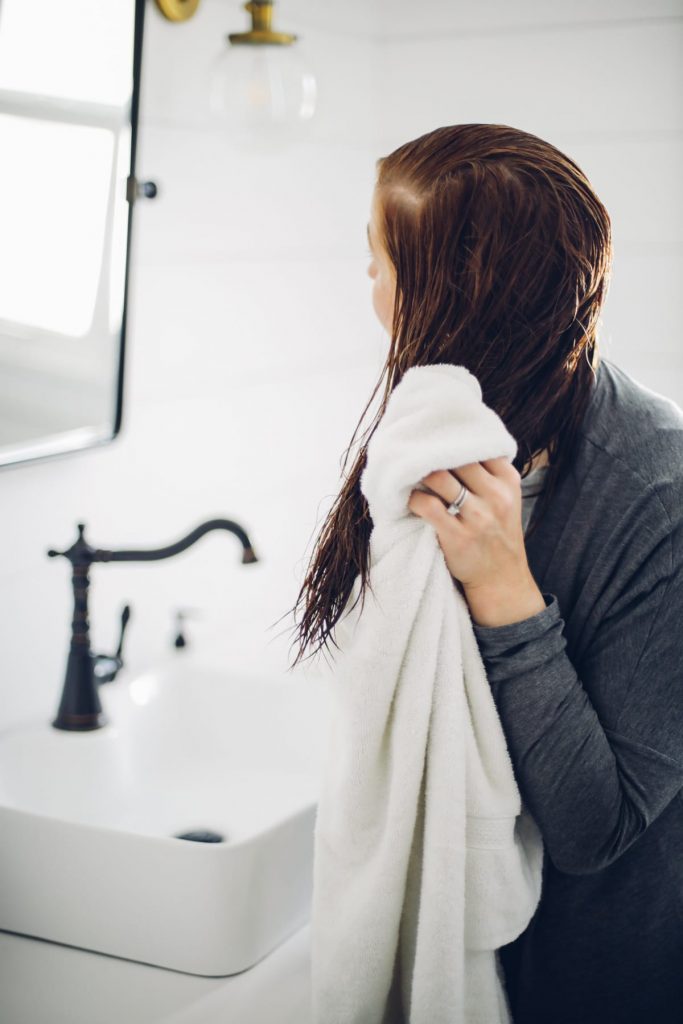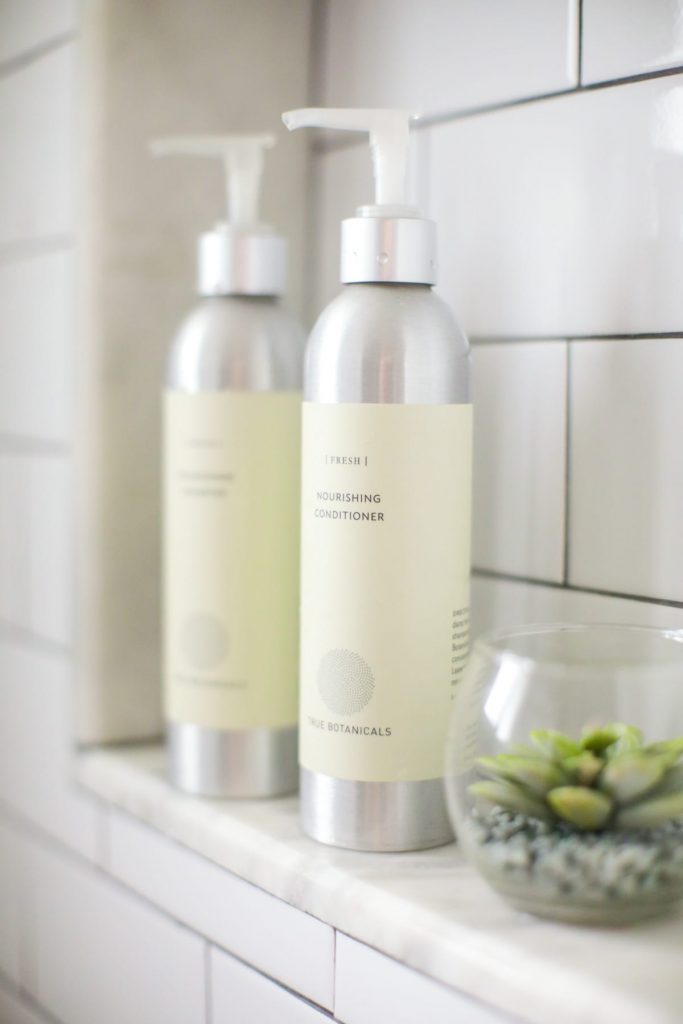8 Best Non Toxic All Natural Shampoo and Conditioner Reviewed
Finding a truly natural shampoo and conditioner set (that work!) isn’t always easy. Some of the most popular brands contain chemicals toxic to the body and environment (even those claiming to be natural). If you don’t want to use toxic chemicals in your hair products, where do you turn? Here you’ll find the best natural brands and products, ingredients to avoid, and how to select safe hair products.
 There are a variety of natural hair products available today! Find the best brands can take lots of trial and error.
There are a variety of natural hair products available today! Find the best brands can take lots of trial and error.
I had dabbled with non-toxic shampoo for years, buying products in the store and online, but after just a few washes I would resort to my favorite salon brand. I just couldn’t take the greasy hair. I even tried a homemade shampoo recipe on Pinterest, with baking soda, which was a total failure (greasy hair for days!). I knew there must be a way to use the safest shampoo and conditioner, avoid harsh chemicals, and have hair that looks amazing.
A natural shampoo has to clean my hair, leaving it clean and hydrated. I don’t think that’s too much to ask. And if I can get a day or two (or three, because #momlife) out of a wash, even better.
This story does have a happy ending. There’s hope! After years of experimenting, I’ve found the best natural shampoo and conditioners that really work. And not just one brand, but multiple brands!
 Avoid toxic ingredients like fragrance.
Avoid toxic ingredients like fragrance.
Why Switch to Natural Shampoo and Conditioner
Conventional hair products contain some concerning ingredients. To find the best non toxic shampoo and conditioner without harmful chemicals, you need to know what to look out for …
- Surfactants: Like Sodium Laureth Sulfate and Sodium Lauryl Sulfate (SLS). These ingredients are what produce the lather in shampoo. These ingredients aren’t toxic to humans but can be irritating.
- Fragrance: This trade secret ingredient can contain up to 3,000 different chemicals, including possible carcinogens like phthalates (used to make the scent last longer), which companies are not required to disclose. Learn about the hidden secrets of fragrance here. You can still enjoy fragranced hair products. Look for companies that fully disclose their fragrance ingredients and use natural fragrance, like essential oils. Avoid hair products that list “fragrance” on the ingredient list and nothing more.
- Preservatives: Ingredients like parabens, 2-bromo-2-nitropropane-1,3-diol (bromopol), quaternium-15, etc. Preservatives are used to extend the shelf life of a product and kill bacteria. Preservatives are needed in any product that contains water (most hair products), so you can’t avoid preservatives, but you can avoid preservatives of concern (like parabens which have been linked to breast cancer).
- Emulsifiers: Ethanolamines (DEA, TEA and MEA) and ingredients ending in -siloxane.
Hair products that contain harsh detergents and toxic ingredients can strip your hair of natural oils that keep your scalp, roots, and hair healthy, resulting in dry hair and even damaged hair. These products can also leave product build-up. Using products without toxic ingredients and with proven-be-safe, non-toxic, and natural ingredients will allow your hair to stay clean, without the harsh stripping of essential hair oils. The same goes for washing your face (the best natural face cleansers).
 The most important thing to look for when buying products: an ingredient list!
The most important thing to look for when buying products: an ingredient list!
How to Find Non Toxic and Natural Hair Products
It can be difficult to navigate shampoo brands and hair products, as advertisement labels and marketing can make all sorts of claims that lead you to believe a product is safe and natural when it isn’t.
Companies love to share the ingredients their product doesn’t contain: sulfate-free shampoo, no gluten, etc. Or proclaim that their product is vegan or made with shea butter or olive oil or coconut oil–all the things that will lure in naturally-minded consumers.
 You can compare shampoo brands using the EWG database.
You can compare shampoo brands using the EWG database.
The the most important thing to look for when buying a product is the ingredients!
A great resource for looking up products and ingredients is the SkinDeep database from the Environmental Working Group. Search for natural hair products and see how your products rate on their toxicity scale. Another resource is to look for products with the “Made Safe” label, a third party non-profit organization with strict standards.















![Toni Kroos là ai? [ sự thật về tiểu sử đầy đủ Toni Kroos ]](https://evbn.org/wp-content/uploads/New-Project-6635-1671934592.jpg)


